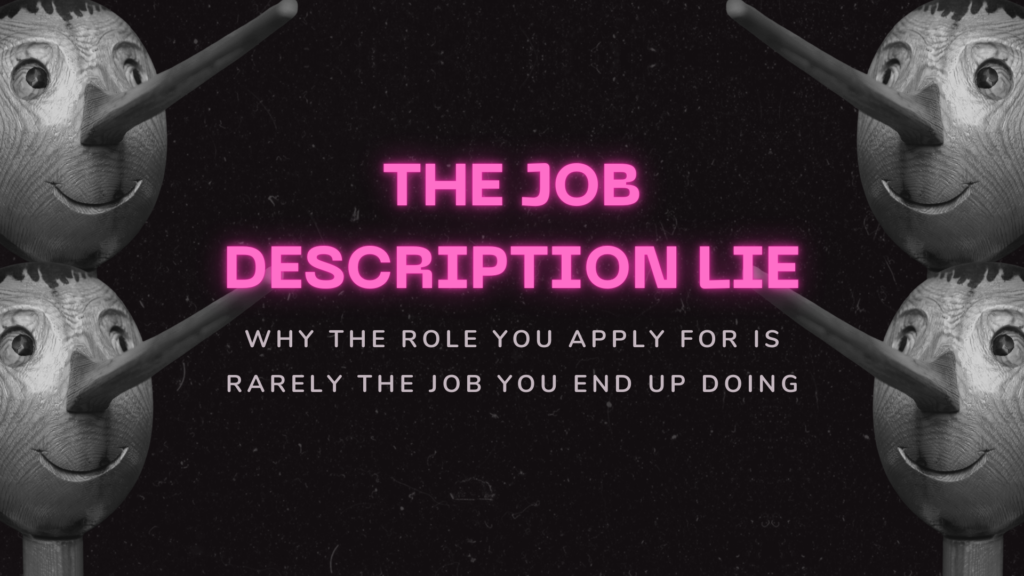
Let’s be honest: job descriptions are like dating profiles. They sound amazing on paper—full of potential and promise—but once you’re “in the relationship,” things rarely match the hype. You apply for a role expecting one thing, only to find yourself juggling tasks you never signed up for.
Maybe you applied for a “Marketing Specialist” position, eager to craft campaigns and analyze trends, but now you’re fixing the office Wi-Fi and coordinating team lunches. Or you joined as a “Project Manager,” only to find yourself moonlighting as an event planner and tech troubleshooter. This disconnect between job descriptions and reality is all too common, and it can be deeply frustrating.
The truth is, job descriptions are often more aspirational than accurate. They serve as a wish list for the “perfect candidate” but rarely reflect the realities of the role. This mismatch isn’t just a mild inconvenience—it can lead to burnout, disillusionment, and a high turnover rate for organizations.
Why Does This Happen?
The gap between the job description and the actual job stems from several factors. First, businesses evolve quickly, and by the time a role is filled, priorities may have shifted. Second, hiring managers often use generic or outdated templates rather than tailoring descriptions to the current needs of the team. Finally, many organizations hire for one role while expecting the new hire to quietly take on additional responsibilities due to understaffing or resource gaps.
The Impact on Employees
For employees, particularly new hires, the consequences of this mismatch can be significant. Burnout becomes a real threat when you’re handling responsibilities that weren’t part of the deal. There’s also the emotional toll of feeling misled or undervalued, which can lead to disengagement. And when priorities aren’t clear, confusion about what really matters can derail performance.
Organizations also feel the effects of this disconnect. Employees who feel tricked or unsupported are far less likely to stick around, which drives up turnover and hiring costs. It’s a lose-lose situation for everyone.
What Can Be Done About It?
For Job Seekers
Ask questions during the interview process. Don’t just focus on what’s written in the job description—dig deeper. Ask about the day-to-day responsibilities, challenges, and expectations. Clarify what success in the role looks like. Once hired, document your primary responsibilities with your manager to ensure alignment and set boundaries.
For Hiring Managers
Transparency is key. Be honest during the hiring process about what the job entails—both the exciting parts and the mundane realities. Update job descriptions regularly and avoid recycling outdated templates. If the role changes after hiring, provide the necessary support and training to help employees succeed.
A Call for Change
The job description doesn’t have to be a lie. With honest communication and realistic expectations, both employees and employers can align better from the start. Job seekers deserve roles that reflect their skills and aspirations, while employers benefit from engaged, supported, and motivated team members.
So, let’s stop treating job descriptions like idealized dating profiles. Instead, let’s approach hiring with transparency and authenticity. After all, the best relationships—whether professional or personal—are built on trust and mutual respect.
Ready to update your resume and optimize your LinkedIn profile?
Reach out today! www.resumeassassin.com or mary@resumeassassin.com
Connect on LinkedIn: www.linkedin.com/in/mary-southern
Schedule a 15 Minute Call: https://calendly.com/resumeassassin/meet
